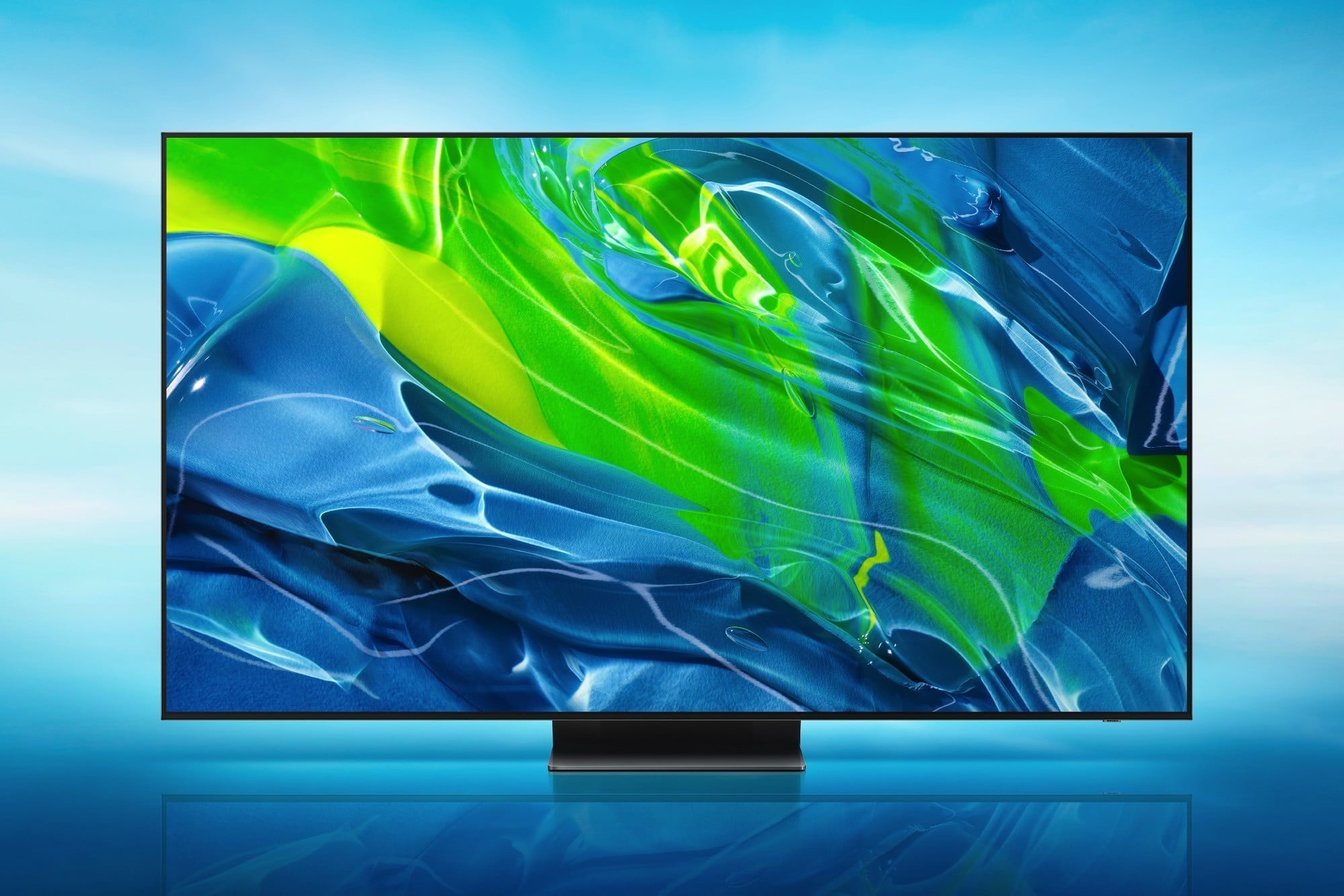Samsung Display has taken the unusual step of disclosing the production yield of its new QD-OLED display panels, saying it has now reached 75% and encouraging employees to work harder to boost this to 90% in the coming months.

Business Korea reported that the yield was disclosed to try and reassure employees who might have concerns over the competitiveness of QD-OLED versus rival LG Display's WOLED and RGB OLED structures.
Samsung Display first began shipping QD-OLED panels, which are made at its Asan Campus in South Chungcheong, South Korea, in November 2021. It’s said to be able to process 30,000 sheets of QD-OLED panels per month. At that volume, it can produce around one million 55- and 65-inch QD-OLED TVs per year.
Samsung Display is selling QD-OLED TV panels to its parent company Samsung Electronics and Sony, while Samsung and Dell are also buying QD-OLED monitor panels.
The initial reaction to QD-OLED has been positive but Samsung Electronics has been wary of promoting the new technology too much. The company has built a QD-OLED TV, marketed as the Samsung S95B OLED TV (pictured), but it has notably refrained from using the term “QD-OLED” in its marketing. Business Korea said Samsung has also notably chosen to retain its Neo QLED TVs as its flagship products for this year, rather than QD-OLED.
According to the report, one of the reasons for this is that Samsung is concerned Samsung Display cannot produce enough units of QD-OLED to justify the Samsung S95B OLED TV being launched as a flagship product. In addition, it’s said that Samsung is also concerned about reports of a colour artifacts issue that means the QD-OLED displays do not display blacks properly in brightly lit environments, and that some colour representations are inaccurate due to their unique pixel arrangement.
Because of this, it’s said Samsung believes it’s still too early to market QD-OLED as a flagship product. Business Korea said some of Samsung Display’s employees have raised concerns about the competitiveness of QD-OLED due to these problems. So the company disclosed its improved production yield through an employee bulletin board to reassure workers.
Despite this, an insider told Business Korea that Samsung Display is struggling to sell QD-OLED profitably because market prices for large OLED display panels are currently very low.
“Samsung Display is unlikely to make additional investment in QD-OLED TVs for the time being as Samsung Electronics is not much interested in ramping up the share of QD-OLED TVs in its TV sales and it may adversely affect Samsung Display’s profits in the short term,” the insider said.